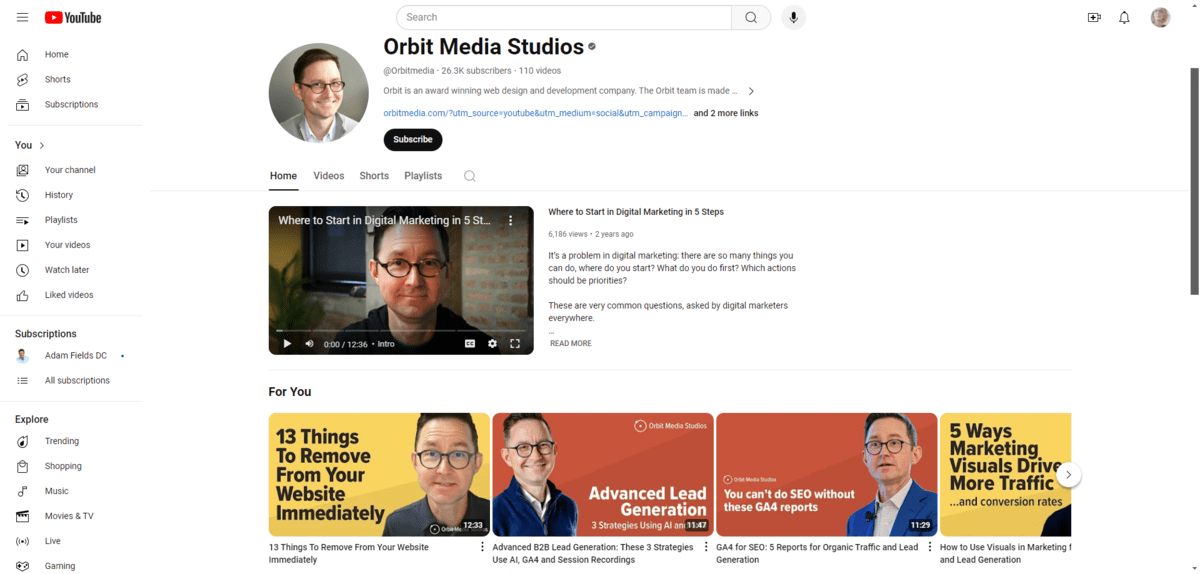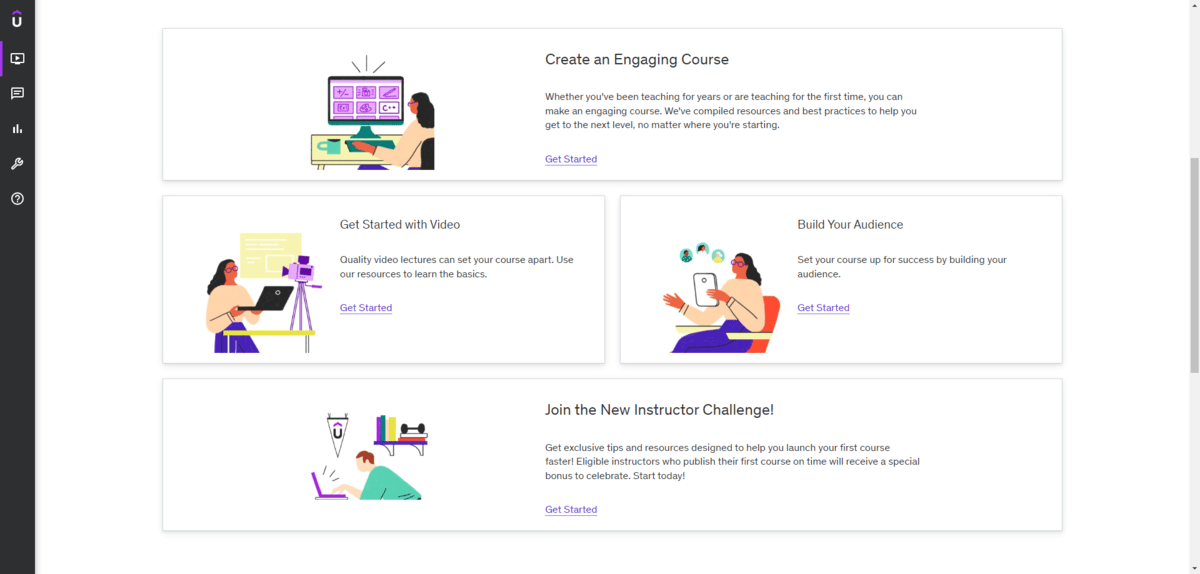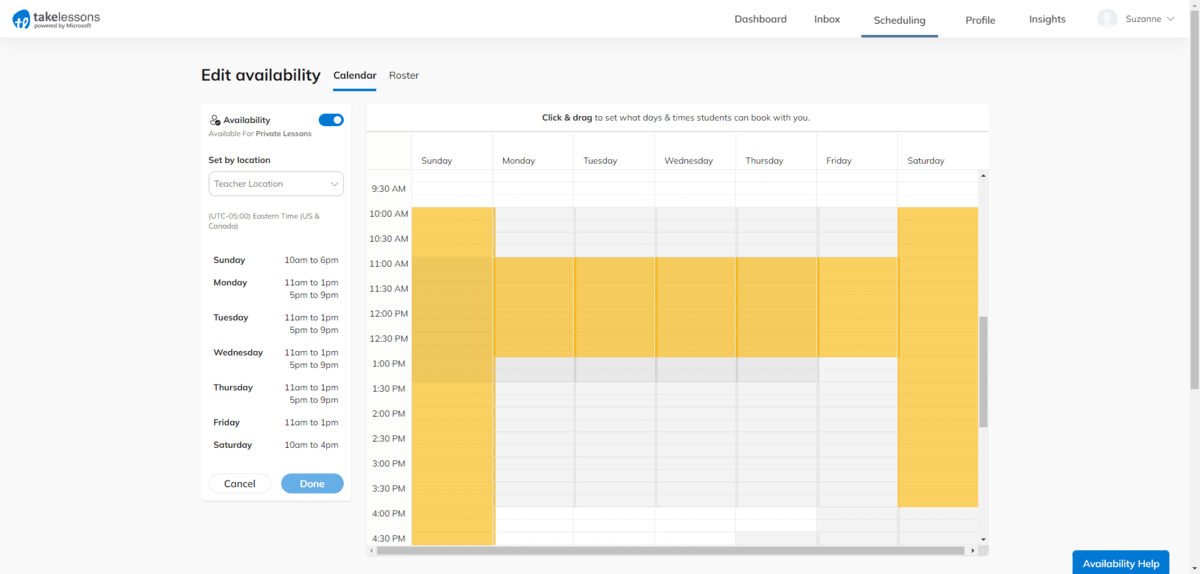This content originally appeared on Telerik Blogs and was authored by Suzanne Scacca
Interested in boosting your web design salary? The knowledge economy is a good place to do it. This post explores ways in which you can teach others how to design or develop better websites.
Do you currently have a side hustle? Are you thinking about starting one to give your regular earnings a boost?
There are various reasons why people start side hustles.
According to a 2023 Bankrate survey, 39% of adults in the U.S. have a side hustle right now. About a third do it to cover their living expenses while over a quarter do it so they have extra money for nonessentials.
Whether you’re an employed designer or developer, you’re a freelancer or you run a design firm, you might be thinking about ways to bring in more money right now. One of the best avenues for this right now is the knowledge economy. Specifically, the segment of it where you use your voice to share your skills and expertise with others.
In this post, I’m going to explore four different ways you can monetize your design and development knowledge with a related side hustle.
4 Ways for Web Designers and Developers to Make Extra Money in the Knowledge Economy
Diversifying your income is a great way to future-proof your web design or development career. Even if business or your earnings slow down, you can depend on your side hustles to keep you afloat.
As a designer, there are many ways to leverage your talents to make more money. You can sell all kinds of digital assets—like templates, plugins, UI kits, stock content and more. Tapping into the knowledge economy is a good idea, too.
If you’re looking for something other than writing, consider these side hustles:
1. Publish YouTube Tutorials
There are nearly 2.5 billion users on YouTube as of writing this. With a built-in audience just waiting to consume helpful instructional content, YouTube is a good place to translate your skills and knowledge into money.
The only catch is that it won’t happen overnight.
In order to earn revenue from ad views, you’ll need to join the YouTube Partner Program. But before you can do that, you have to meet certain requirements:
- Live somewhere where YouTube is available
- Have AdSense for YouTube set up
- Get 1,000 subscribers and 4,000 watch hours within a year or 1,000 subscribers and 10 million Shorts views within 3 months
Those numbers might seem high. However, if you regularly create high-quality tutorials, those numbers will scale pretty quickly. Just as a sample, here are the total subscriber numbers for the following design and development YouTube channels:
- Simplilearn has 4.16M subscribers
- Envato Tuts+ has 1.47M subscribers
- Flux Academy has 812K subscribers
- Jason Goodison has 204K subscribers
- Malewicz has 143K subscribers
- Steve Builds Websites has 26.4K subscribers
- Orbit Media Studios has 26.3K subscribers
Visit these pages and you might be blown away by how many views the videos get as well.
On the Orbit Media Studios channel, for instance, you’ll find videos with 2K views from 2 years ago as well as ones with 278K views from 4 months ago.

So, the number of subscribers doesn’t necessarily correlate with the number of viewers or hours watched. What does matter is having something useful to say and creating video tutorials that are engaging and easy to follow.
Keep in mind that the YouTube Partner Program isn’t the only way to monetize video tutorials. If you mention affiliate partners in your tutorials, add the affiliate links to the descriptions below. While you’re working on building up those big subscriber and watch hours, you can start pulling in affiliate revenue in the meantime.
You can also use YouTube as a way to generate website leads. Some people might find your videos with the hope of being able to do it themselves. However, in the process of seeing how involved it is, they might decide to hire someone instead. So, when adding links to your video descriptions, be sure to add links to the services pages on your website, too.
2. Create a Course
Lots of people search for step-by-step guides related to website design and development—students, self-taught designers, DIY business owners, professionals looking to pivot to a new field and so on. Tutorials are a good way to break down smaller processes and subjects. Courses, on the other hand, give you the ability to unpack a technique or process in full.
Because of this, you can charge much more for courses. And, depending on where you publish them, you may have a greater say in how much you earn (more on that below).
The trick to creating a profitable course is to choose a topic that’s not so broad or generic that thousands of others have already created courses for it. You need to find a unique approach that will appeal to a sizable audience.
For instance, I created a course about six years ago on how to build a website from start to finish. My unique value proposition was that I was going to show them how to optimize it for better search results along the way. So it included tips and strategies related to:
- Copywriting for SEO
- Implementing caching for faster loading speeds
- Enhancing security at the server and website levels
- Building an internal link system
- Compressing images
- And more
It took me about 20 hours to create the outline, film the course, edit it, design the promotional graphics for it and publish it. It was only an hour-long course. However, it’s made me thousands of dollars in passive revenue ever since.
The other thing you have to think about when creating online courses is where you’re going to sell them. You have a few options:
- You can add a learning management system to your portfolio website.
- You can use course hosting platforms like Teachable or Podia.
- You can publish on course sites like Udemy and Coursera.
With the first option, you’re in total control. The only catch is that you have to be very good at SEO and marketing to attract learners to your site and convert them into paying students.
With the second option, you’re partially in control. You have to pay to use these platforms. However, you can more or less create a branded microsite for your courses and then sell your content at whatever rate you deem fit. Again, though, you have to do all the marketing yourself.

The reason why many people go with the third option is that these platforms come with huge built-in audiences. While they take a big cut of your earnings, you don’t have to bother with setting up a course website or building an audience all on your own. That said, your course really has to be something special if you want users to pick yours out of the multitude of lookalikes that appear in search results around it.
3. Provide Tutoring or Lessons
One of the benefits of recording tutorials or courses is that once they’re done, you can sit back and watch the money roll in. Granted, you need to do some work to drive up your subscriber count and sales, like marketing and asking for reviews and ratings. However, those two forms of knowledge monetization are mostly passive once the hard work is done.
That said, video recordings aren’t the only way to make money sharing your knowledge and skills.
You can use video conferencing or classroom software to teach people in real time. You can go the one-on-one route and do private tutoring or mentoring, or you can teach groups of students all at once.
While this might not have been a popular side hustle for designers and developers prior to 2020, there’s a huge demand for it now. Although students are back to school and professionals are back to work, a lot of people have now realized how useful a resource these video conferencing apps can be when it comes to education.
So, you have plenty of tutoring platforms you can teach from:
Most of these platforms have a wide variety of subjects to choose from. So in addition to helping adolescent and adult students learn how to develop a website or to program with React, you could also monetize other interests or skills.
The nice thing about this kind of service is that you can fit it in when it’s convenient for you. For example, I do website tutoring over the weekend, at night and during breaks in my workday. Sessions typically last an hour and don’t require much in the way of setup or preparation.
For example, TakeLessons allows tutors to set custom availability for every day of the week.

As someone who had tried in-person tutoring with an agency in the past, this is a huge bonus. I’d get notified by the agency whenever they had a new student and I’d have to shift my schedule around to accommodate theirs, which usually meant stopping work around 3 p.m. when school got out.
Another benefit of doing online tutoring is that you get to set your rates. If you make your services valuable enough, you’ll get a substantial amount of returning students. So unlike something like course creation, which can generate variable profits from month to month, tutoring can become a predictable source of revenue if you set it up right.
4. Become a Consultant
Website consulting is a lot like tutoring. However, I’d argue that you can make more money from it since you’re working for professional organizations vs. students.
There are different ways to make money as a consultant.
One option is to sell your consulting or auditing services through your website or through a platform like Teachable or Podia. If your site gets substantial traffic and leads with regards to your regular design or development services, this is a good way to go.
Even if you don’t get a ton of hits on your consulting services right away, just having this page here will let your leads and clients know what else you’re capable of. Some organizations like to have a trusted consultant they can turn to once their website or application is live.
Consulting is also a good way to get your foot in the door with other organizations that aren’t quite ready to hire a designer or firm. By providing valuable one-hour consultations, you could greatly improve your lead-to-client conversion rate over time.
It can also lead to other unexpected projects. For instance, I recently performed an audit of a homepage for a plugin developer. Because of the insights in the report, it got the company thinking about other aspects of their website and business. And so I now do a monthly consultation session and audit for them.
Another way to make money as a consultant is to offer on-demand advice on a site like Clarity.

To use this service, you pick your areas of expertise. You set your hourly rate ($60 is the minimum) and then Clarity charges users for every minute they speak to you.
Technology subject matter experts are in high demand, so this is a great place to go if you’re a designer or developer. The only thing is, there are lots of established pros here already, so you’ll need to offer a competitive rate, make a good sales pitch and work to get positive reviews whenever you receive a call request.
Like course creation, it’s also beneficial to niche down. You don’t want to just advertise yourself as a “web development expert.” Instead, choose a specialty. For example:
- Content management systems
- Ecommerce
- Fintech
- Accessibility
- Conversion rate optimization
Anything you can do to set yourself apart—and to back it up with real experience—will help you book more work as a consultant. That goes for Clarity as well as when advertising your consulting services on your own.
Wrapping Up
It can take some time to start a side hustle. It can take even more time to generate a profit from it (like in the case of YouTube or course creation). However, it’s like anything else in business. If you put solid effort into the venture and work on actively promoting yourself, it’ll eventually pick up speed.
And with these knowledge economy side hustles, in particular, you can earn a good deal of money over time.
Because of how time-consuming it can be to get started, choose a format that feels the best to you. If you enjoy recording step-by-step guides, for instance, start with YouTube or course creation. Also, calculate how much free time you actually have to devote to it. That’ll help you figure out what the best course of action is for now. Then, once the money starts to come in, you can add new strategies for monetizing your design and development knowledge.
This content originally appeared on Telerik Blogs and was authored by Suzanne Scacca
Suzanne Scacca | Sciencx (2024-09-20T15:14:45+00:00) 4 Ways to Monetize Your Design & Development Knowledge with a Side Hustle. Retrieved from https://www.scien.cx/2024/09/20/4-ways-to-monetize-your-design-development-knowledge-with-a-side-hustle/
Please log in to upload a file.
There are no updates yet.
Click the Upload button above to add an update.
